(ECNS) -- The China-Laos Railway, which marks its third anniversary on Tuesday, have transported 350,000 metric tons of fruits and vegetables, strengthening agricultural trade between China and ASEAN countries.
Spanning 1,035 kilometers, it runs from China's southwestern city of Kunming to the Laotian capital of Vientiane, driving regional economy along the route.
Exotic fruits and vegetables thrive
In early winter, there is a vibrant expanse of nearly 300,000 mu (49,421 acres) of vegetable fields in Tonghai County, Yunnan Province.
As a major hub for transporting vegetables across China, Tonghai has benefited greatly from the China-Laos Railway, which has made international cold-chain transport more accessible.
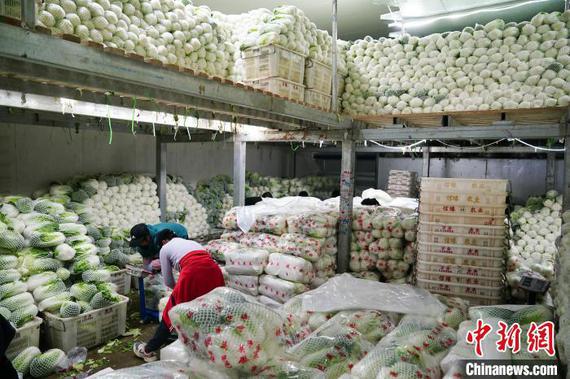
Vegetables from Tonghai are shipped to Vientiane via the railway and delivered by road to countries like Thailand and Malaysia.
Tonghai Wanhe Import and Export Co., Ltd. exports about 250 metric tons of vegetables to Laos and Thailand each month using the China-Laos Railway, said Zhang Xuxu, general manager of the company.
The journey to Bangkok now takes only three days by rail and road, compared to four days by truck, with costs reduced by 10 percent, Zhang said, adding that most importantly, rail transport is punctual and reliable.
Meanwhile, the railway also enables tropical fruits such as durians, mangosteens, and longans from Southeast Asia to reach China.
Diverse tourism opportunities grow
The China-Laos Railway has brought more travelers from all over, giving rise to a new coffee tourism industry in Yunnan.
Pu’er City in Yunnan Province, a key coffee production area in China, is home to numerous unique coffee estates, which nestle in lush plantations.
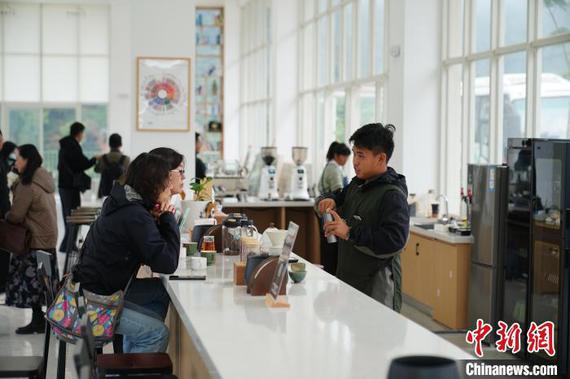
The Wild Duck Valley Coffee Estate receives around 200 visitors daily, most of whom are coffee enthusiasts traveling via the railway, according to Yang Hongjian, manager of the Estate.
Neighboring Pu’er, Xishuangbanna Dai Autonomous Prefecture, in Yunnan, has also experienced three consecutive years of growth in tourist numbers and revenue since the railway’s opening. Activities like rainforest hiking, holiday study tours, and cross-border travel have gained significant popularity.
The railway has similarly boosted Laos’ tourism market. From Vientiane to popular destinations such as Luang Prabang, Vang Vieng, and the border town of Boten, restaurants, guesthouses, and shops are popping up across the country.
Noi (transliteration), a Laotian merchant at a Vientiane tourist site, remarked that since the railway opened, the number of visitors has been growing steadily. He said that just one day’s earnings are enough to cover a month’s stall fees.
More industrial parks emerge
Mohan Town, located in Yunnan on the China-Laos border, leverages the China-Laos Railway to shift its economic model from a corridor economy to a port economy.
This year, 132 key projects are underway in Mohan, covering areas such as water management, agriculture, urban development, ecological protection, industrial parks, and trade services.
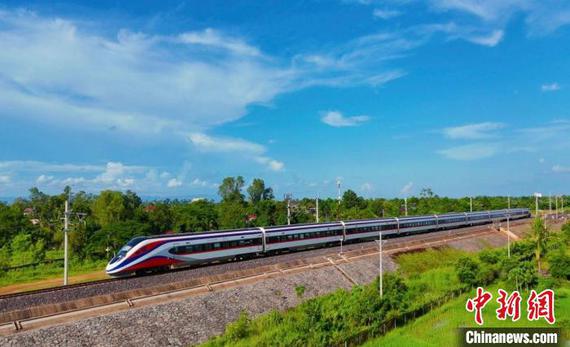
The Nanpo international industrial cooperation zone is taking shape as an important industrial park in Mohan.
The cooperation zone focuses on industries such as warehousing, high-end manufacturing, import-export processing, and cross-border logistics, said Tan Zhenjie, deputy commander of the Mohan center of China Railway Development and Investment Group Co., Ltd.
In Laos, a prime example is the Saysettha development zone, just 1.5 kilometers from the Vientiane south station.
This was once an empty plot of land, noted the zone’s manager. Since the railway began operations, it has drawn companies from China, Laos, Thailand, Singapore, and Malaysia, he said, adding that these businesses span diverse sectors, such as energy and chemicals, agricultural and livestock product processing, and electrical product manufacturing.















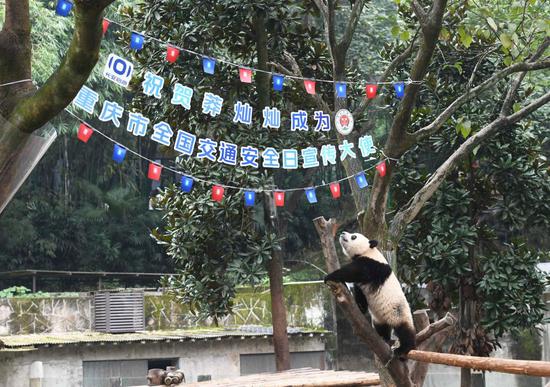
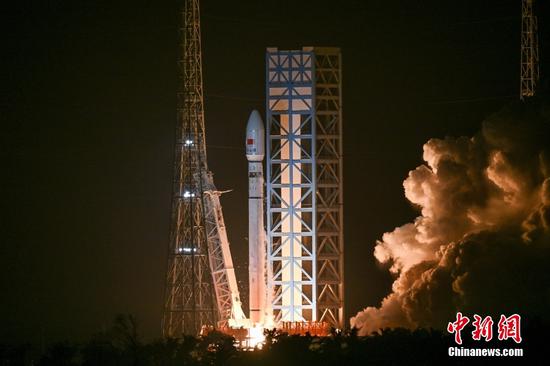


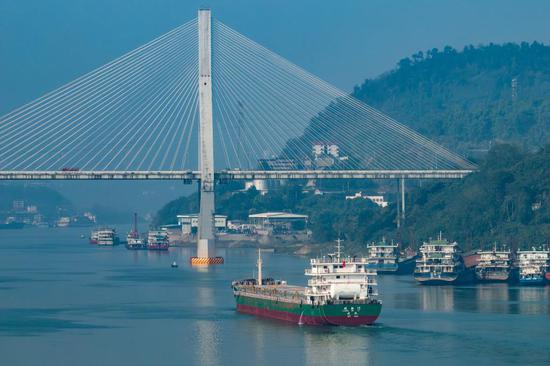

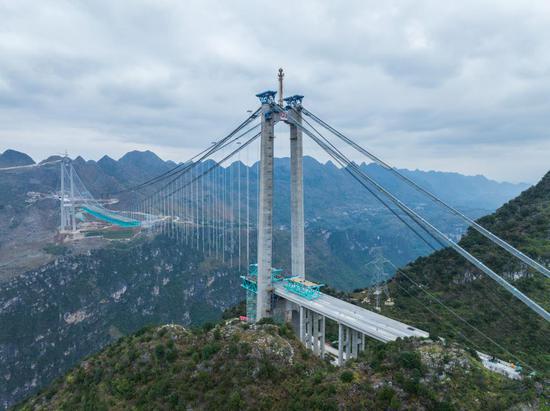


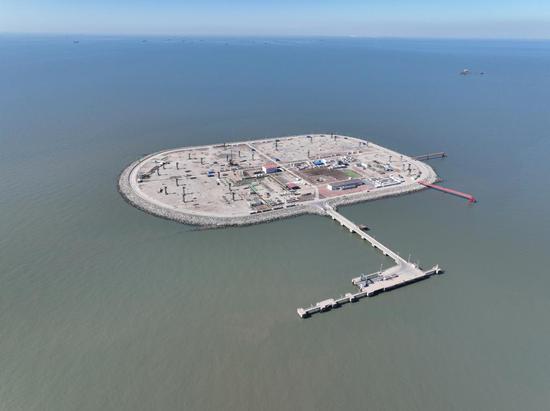

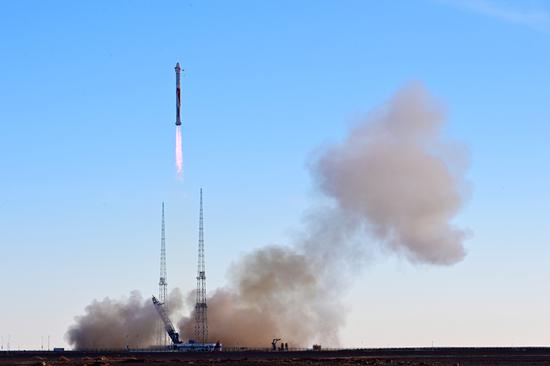
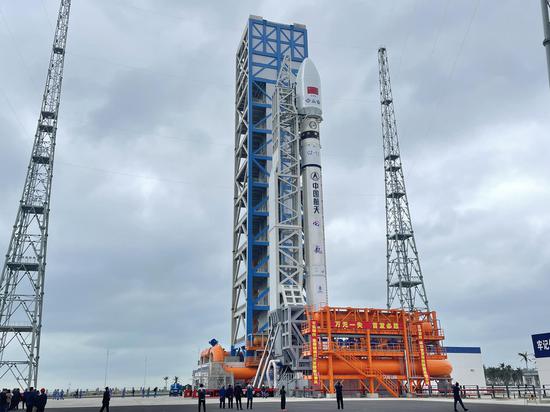
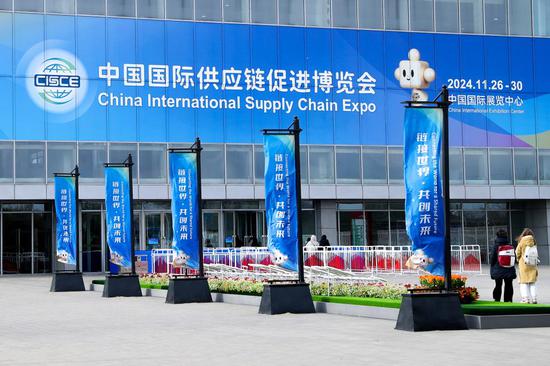


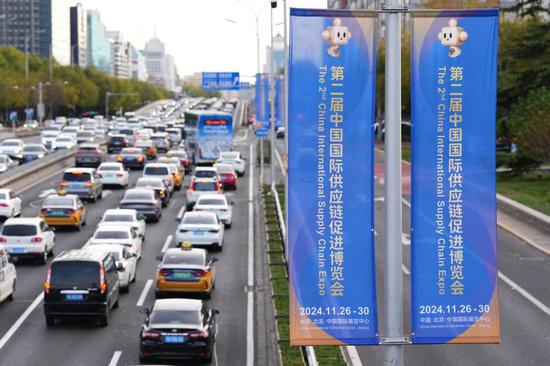


















 京公網安備 11010202009201號
京公網安備 11010202009201號